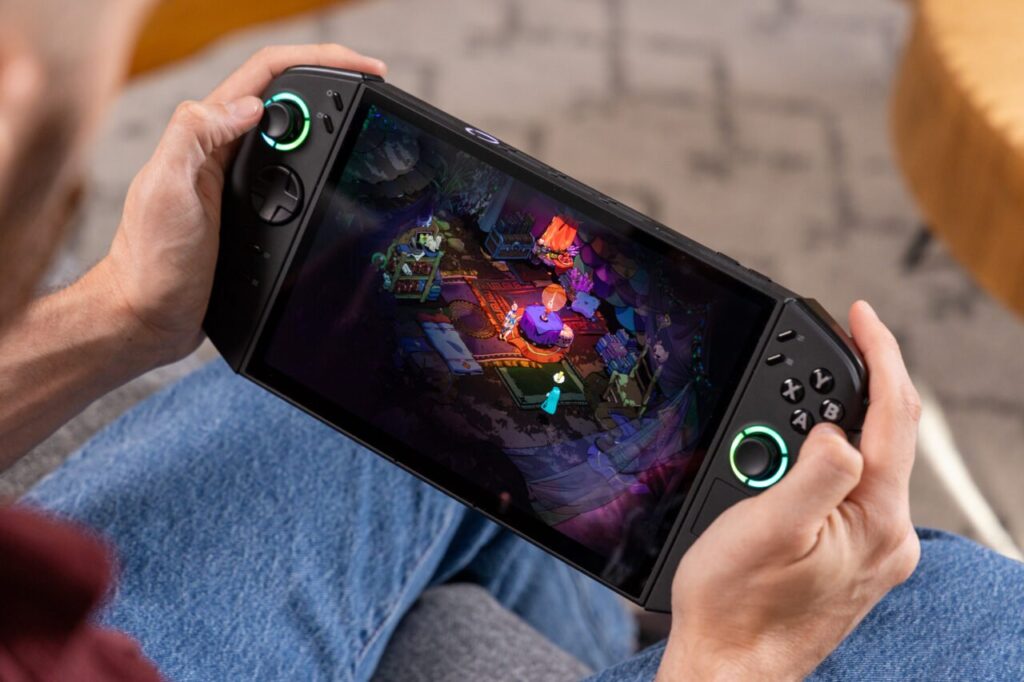
UPDATE: The new Lenovo Legion Go 2 handheld gaming console is NOW available, but early reviews highlight significant drawbacks that could deter buyers. Priced at a steep $1,350, this device targets gamers with a stunning 8.8-inch, 1200p OLED display but falters in performance and usability.
Gaming enthusiasts are buzzing as the Legion Go 2 hits shelves, boasting an impressive screen that delivers vibrant visuals for recent 2D titles. However, reports confirm that this handheld may not deliver on its hefty price tag. Despite the gorgeous display, users are expressing frustration over its bulky design, making prolonged use uncomfortable, especially for smaller hands.
With a launch date of October 16 for the competing Asus ROG Ally X, which features a similar AMD Ryzen Z2 Extreme processor but at a lower price of $1,000, consumers are weighing their options. The original Legion Go was priced at $700, raising questions about Lenovo’s pricing strategy amid soaring tariffs on imported electronics.
Critics are particularly disappointed that Lenovo did not address key usability issues from its predecessor. The controller design remains cumbersome, requiring a two-handed grip for detaching, and the much-touted FPS mode has not seen significant improvements, leaving gamers frustrated with its functionality.
The Legion Go 2’s performance, while adequate for some games, struggles to match rivals. Although it achieves playable frame rates in titles like Cyberpunk 2077, many users report performance drops in AAA games, especially when ray tracing is enabled. The device’s battery life is another concern, lasting only around 2 hours during intensive gameplay, which raises alarms for gamers looking for a portable solution.
Lenovo’s decision to stick with Windows for its operating system has drawn criticism, as many gamers prefer the streamlined experience of alternatives like SteamOS. The device’s fans can get loud during gameplay, adding to the discomfort during travel or in public settings, where discretion is key.
In contrast, the $550 Valve Steam Deck OLED presents a more affordable option, showcasing how Lenovo’s offering may not be worth the investment for most gamers. Reviews indicate that while the Legion Go 2 excels in visual quality, its ergonomic shortcomings and high price could leave consumers feeling shortchanged.
As the gaming community awaits the release of the Asus ROG Ally X, many potential buyers are advised to consider their options carefully. With prices for handhelds fluctuating due to tariffs and market demand, the future of portable gaming remains uncertain.
The immediate question for consumers is: Is the Lenovo Legion Go 2 worth the investment, or should they hold out for more affordable and user-friendly alternatives?
Stay tuned for more updates on this developing story as the handheld gaming market continues to evolve.






